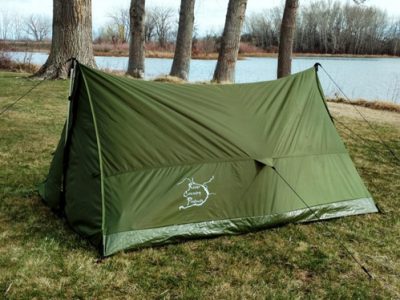Catching big game fish has always been a thrill for anglers. Reeling in these big fish as they put up a fight gets anglers adrenaline rushing and their hearts pumping. It may take an hour before the fish is reeled in and anglers are up on their feet and with very passing minute they get closer and closer to the target. Deep sea fishing for tuna is one of the species anglers take the most pride in catching when out in saltwater, its an experience any serious angler s look forward to.
There are over 50 different types of tuna species living mainly in the Pacific and Atlantic Ocean. However when deep sea fishing, the main species anglers target is skipjack, yellowfin and bluefin. Small tuna can grow to 3.3ft and weigh 41 pounds and larger tuna can reach up to 9.8ft and weigh over a thousand pounds. Skipjacks and yellowfin have a life span of about seven years where bluefin tuna can live up to twenty years. When it comes to feeding tuna tend to eat other species including crab, crustaceans, cephalopods, and mollusks.
Tuna travel in schools and it is important for angler to have the right fishing when they set out to target this species. There are a few simple tips in targeting tuna when deep sea fishing, that anglers can easily follow for a successful day out on the water.
Control your speed- when out boating troll at speeds of 5-8 miles pre hour. Most anglers use the “W Pattern” in order to catch these species. This pattern consists of 2 long lines held out on each outrigger, 2 shorter lines held out flat and one deep line straight down the middle. Also use flashy lures to attract their attention, the more splash, sparkle and shine the better.
Pay attention to nature- if you see a pack of dolphins or sharks tuna maybe close by as they are looking to feed on the same bait fish. Also beware of the birds they will hover in the sky looking for the smaller bait fish as well.
Pay attention to the season- when out deep sea fishing during the summer months these species love to hunt near the surface of the water. They are easier to spot since the water is very clear during this time of year. They also like to feed during low light conditions such as late afternoon.
Deep sea fishing is a great way to catch large game fish and anglers can experience a thrill and excitement when reeling in these big fish. This summer is a great time to try the sport of deep sea fishing and catching tuna will get any anglers adrenaline pumping!










